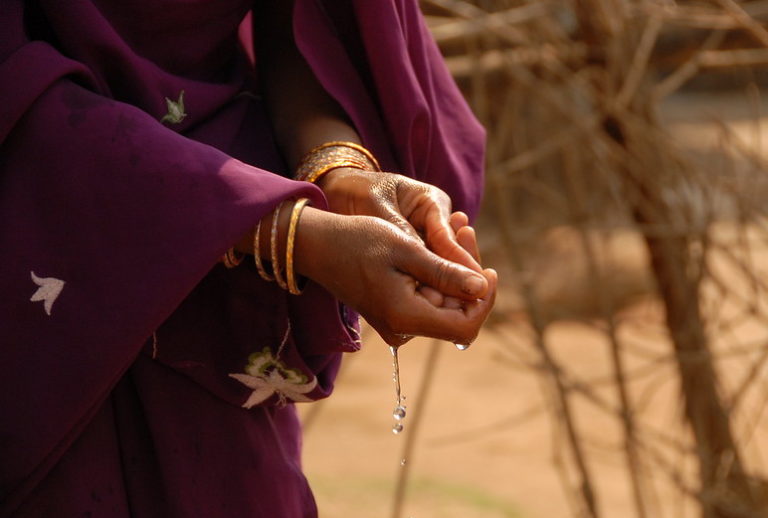The following is reproduced from the Covid-19 Hygiene Hub established by the London School of Health and Hygiene as updated on 7 April 2020.
The simple act of handwashing with soap remains one of our best defences against COVID-19. Here we provide some practical tips for how to encourage community-level handwashing behaviour with the aim of controlling and preventing the spread of COVID-19. The activities described below have been selected for use in the early stage of COVID-19 response because they are low-cost, low-risk, easy to do and because they can work across most contexts.
1. Make handwashing easier by increasing the availability of handwashing facilities, soap and water. The presence of a handwashing facility can make people much more likely to wash their hands. (See these studies for evidence: Study 1, Study 2, Study 3, Study 4.) The WHO currently recommends handwashing facilities are established at the entrance to every building and at all major bus and train stations, airports, and seaports. We recommend that handwashing facilities are also stationed at all markets, food vending locations, and water points. Locally available durable and inexpensive materials are the easiest to use to assemble a handwashing facility in a short time. Make a team of people responsible for replenishing the water and the soap. Read our guide on how to design handwashing infrastructure that will actually change behaviour.
2. Make handwashing messages surprising. Placing messages (e.g. on posters or billboards) in key locations can act as a cue to remind people to wash their hands with soap at critical times. However if the messages stay the same they will begin to go unnoticed and may no longer trigger handwashing behaviour. Changing the handwashing message and possibly its location every few days will help to capture people’s attention time and time again. While COVID-19 is a serious disease our handwashing messaging can still be aspirational and fun. Find out more about this activity here as well as examples of hygiene messages that can be used on rotation.
3. Remind people of the power of soap! Soap has been around since 2800 BC so it is easy to forget what a miracle product it is. People often just wash their hands with water – but only thorough handwashing without soap will result in truly clean hands. Below are several fun activities to show the power of soap. All you need are simple materials like pepper, glitter, spices, paint, Vaseline and water. These activities can be done in-person during house to house visits (make sure to assess the risk before doing any in person activities in the areas where you work), in public by the established handwashing facilities, or the videos can be shared via social media.
4. Normalise and celebrate handwashing. Controlling this pandemic requires the whole community to work together and practice handwashing with soap regularly. Rewarding people when they do the right thing is more likely to encourage them to do it again and can lead to long-lasting habit formation. If you are working in a setting where social media is common, then share photos of people washing their hands with soap and praise them for doing the right thing. This was the concept behind the WHO’s #SafeHands Challenge. If you are working in a setting where social media are less common, then consider creating a champions wall where you feature similar photos on a wall in a public place (e.g. at a local market). Find out more about how to do these activities by following the links.
5. Share real experiences of COVID-19. When a new disease emerges it can create a lot of fear. It is normal to be worried about an outbreak like COVID-19 but fear can cause people to act in unpredictable and harmful ways. We suggest that you partner with health authorities to interview people who have been exposed to the virus and who have recovered. Sharing the lived experiences of these individuals (with their permission) with other community members will help them build a more accurate understanding of COVID-19. Getting these individuals to speak out about the importance of handwashing with soap is likely to be much more believable and have a much more persuasive effect on the behaviour of others. For your own safety we suggest that interviews are done over the phone or online and shared publicly. Find out more about how to do this activity here.
In summary, these 5 activities will help make frequent handwashing with soap a common practice and powerful social norm.
These practical tips come from the Wash’Em project which supports handwashing programme design in outbreaks and emergencies. The Wash’Em team have developed a range of COVID-19 resources at this link including:
- The Wash’Em COVID-19 Guide in Arabic, French, Spanish and Portugese.
- Webinars in French, Spanish and Arabic describing these practical activities and others.
- Videos of some of the activities in English, French and Spanish.



